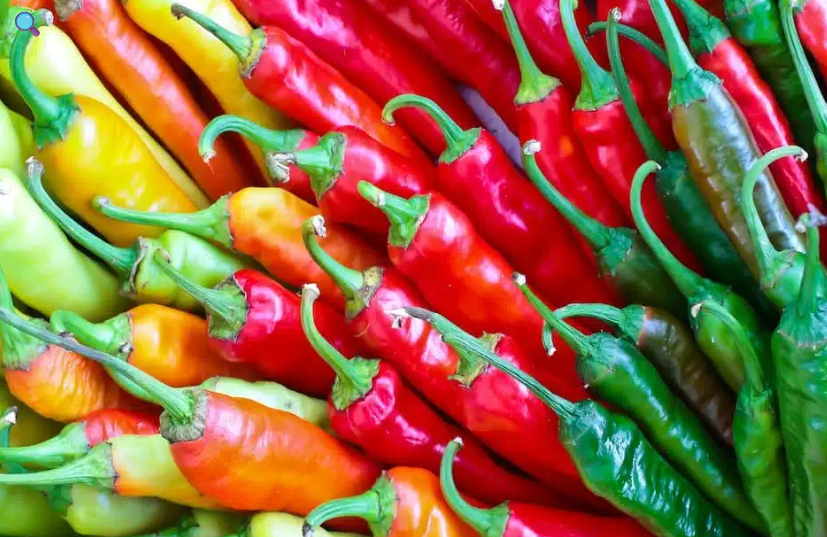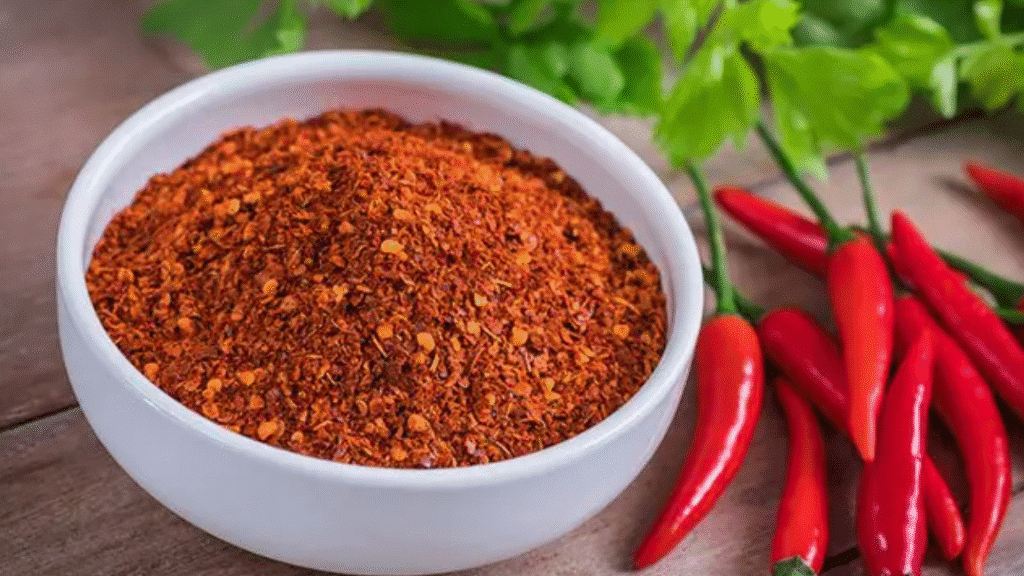When it comes to spices, few are as famous and loved as cayenne pepper. This bright red powder is more than just a way to add heat to food. For centuries, people around the world have used it not only for flavor but also for healing.

In this post, we’ll explore the history, health benefits, and common uses of cayenne pepper—along with precautions you should know. Many of these insights come from Healing Spices: How to Use 50 Everyday and Exotic Spices to Boost Health and Beat Disease by Dr. Bharat Aggarwal.
What Is Cayenne Pepper?
Cayenne pepper comes from dried and ground cayenne chilies, a type of chili pepper in the Capsicum family. These peppers are small, slim, and fiery red, packing a heat level between 30,000 and 50,000 Scoville heat units (SHU).
That’s hot! 🌶️
But cayenne is more than spice—it’s a natural medicine with powerful health benefits.
A Quick History of Cayenne Pepper
Cayenne pepper originates from Central and South America, where indigenous people cultivated it thousands of years ago. They used it in food but also as medicine.
The name comes from Cayenne, a city in French Guiana, where the pepper was widely used.
When Christopher Columbus traveled to the New World in the 15th century, he brought peppers back to Europe. From there, cayenne spread around the globe. Today, it’s found in Mexican, Indian, Thai, Cajun, and many other cuisines.
Health Benefits of Cayenne Pepper
Cayenne isn’t just hot—it’s healing. The secret lies in capsaicin, the compound that gives it heat and medicinal power.
Here are the top science-backed benefits:
1. Boosts Metabolism and Aids Weight Loss
Capsaicin raises body heat and stimulates metabolism. This thermogenic effect helps your body burn more calories.
Studies show cayenne can also help reduce appetite, making it easier to manage weight. Pairing cayenne with a healthy diet and exercise routine may improve results.
2. Improves Digestion
Cayenne stimulates digestive enzymes and increases blood flow to the stomach. This helps food break down more easily and supports gut health.
It may also reduce indigestion, gas, and bloating. Some studies suggest cayenne can even help ease acid reflux by increasing stomach acid production.
3. Supports Heart and Circulation
Cayenne is often called a circulatory tonic. It stimulates blood flow, improves circulation, and may help lower cholesterol.
Capsaicin can also relax blood vessels, which may reduce blood pressure and improve oxygen delivery throughout the body.
4. Relieves Pain and Reduces Inflammation
Capsaicin is a natural pain reliever. Applied topically, it can ease arthritis, muscle pain, and nerve pain by blocking pain signals in the body.
Consuming cayenne may also lower inflammation inside the body, protecting against chronic diseases like diabetes and heart disease.
5. Strengthens the Immune System
Cayenne is high in vitamin C, which boosts the production of white blood cells. It also has natural antimicrobial properties, making it useful during cold and flu season.
Regular consumption may help your body fight infections and recover faster from illness.

Easy Ways to Use Cayenne Pepper
Wondering how to add more cayenne to your diet? Here are some simple ideas:
- In Cooking – Add a pinch to soups, stews, chili, curries, or roasted veggies.
- Cayenne Tea – Mix warm water, cayenne, lemon juice, and honey for a soothing drink.
- Topical Creams or Oils – Use for arthritis or sore muscles (always wash your hands well afterward!).
- In Smoothies – Blend a small amount with fruits like mango or pineapple for a metabolism-boosting kick.
Who Should Be Careful With Cayenne Pepper?
Cayenne is safe for most people, but a few groups should use it cautiously:
- People with sensitive stomachs – It may worsen gastritis, ulcers, or acid reflux.
- Pregnant women – Large amounts may cause complications. Always consult your doctor.
- People allergic to capsaicin – Reactions may include rashes, swelling, or digestive upset.
Final Thoughts
Cayenne pepper is more than a fiery spice—it’s a natural remedy with powerful health benefits. From boosting metabolism and digestion to improving circulation and reducing pain, it deserves a place in your kitchen and wellness routine.
Like all strong remedies, use it in moderation and listen to your body. If you’re unsure, check with your healthcare provider.
Next time you sprinkle cayenne on your food, remember: you’re not just adding heat—you’re adding centuries of healing power. 🌶️
